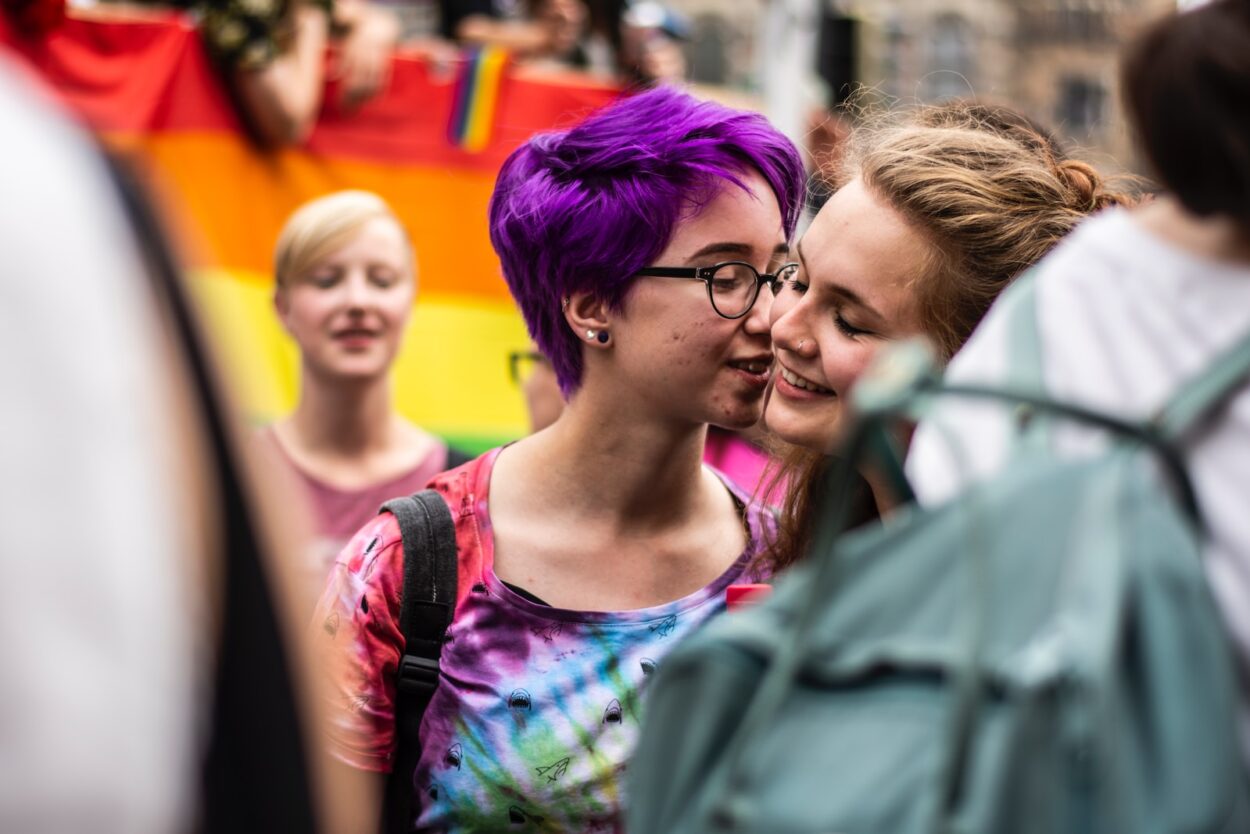A significant milestone for many lesbians, gay men and bisexuals is telling a close friend or family member about their sexual orientation or gender identity. For some, this may never happen.
Among LGBT adults who tell their mother, most say the relationship didn’t change or grew stronger after they came out. But 13% say it got weaker.
Gender
When people use terms like gay and lesbian, they may mean different things. It’s important to know what these terms mean. It’s also helpful to understand that the word sexual orientation is different from the term gender identity – This quote is a consequence of the website editorial team’s analysis https://teen-super-sexy.com. Sexual orientation describes an emotional or sexual attraction. Gender identity describes the sex that you identify with or are assigned at birth.
Cisgender: People who identifying as the same gender that they were assigned at birth (man or woman). Transgender: People who are transitioning to a new gender. Intersex: People who have physical characteristics that differ from expectations of the sex they were assigned at birth. LGBTQIA+: Acronym for lesbian, gay, bisexual, transgender, queer or questioning and others.
Lesbian refers to a woman who has a romantic and/or sexual orientation towards other women. Likewise, gay refers to a man who has a romantic and/or sexual attraction towards other men. However, some non-binary people and those who are not attracted to either sex may also use the word gay.
Sexuality
A person’s sexual orientation is an enduring emotional and physical attraction to people of the same or opposite sex. It is different from a person’s gender identity, which is the assignment of male or female at birth and is linked to external anatomy. Some LGBT adults say they knew for sure that they were lesbian, gay, bisexual or transgender before age 10, while others may have been unsure until later in life.
The majority of LGBT adults who have lived in a community where they feel acceptance of their sexual orientation and/or gender identity say it has made them happier, more satisfied with their life overall and more confident as a person. This is especially true among LGBT adults with a college degree or higher annual incomes.
Almost half of gay men and a quarter of lesbians say all or most of their close friends are LGBT; however, nearly one-third of bisexuals say only a few or none of their closest friends are LGBT. People who identify as queer, an expansive new term that includes all LGBT people and more than just those attracted to women or those attracted to men, are more likely to say that most or all of their close friends are LGBT than those who do not use this label. This is a growing demographic within the LGBT community.
Relationships
Lesbians are women whose enduring physical, romantic, and emotional attraction is to people of the same sex. Sometimes used to refer to women who prefer their sexual orientation to that of men, but it also encompasses a range of other gender-related identities – including butch, transgender, queer or questioning, intersex and asexual.
In LGBT relationships, the same kinds of challenges that confront heterosexual couples often emerge. Some partners may have different ideas about how to spend time together and money. In other cases, one partner wants more independence and separateness from the other, or is worried about their partner’s health or safety. These and other issues can be difficult to resolve. A marriage and family therapist can provide insight and help couples come to mutually satisfying solutions.
Many LGBT adults say they have told their mother about their sexual orientation or gender identity. Of these, about half say it was a difficult thing to do. However, relatively few say the relationship grew weaker as a result. In fact, more than four-in-ten LGBT respondents who say they have told their mother say the relationship has actually grown stronger since telling her. This is comparable to the balance of opinion found in the general public.
Sexual Orientation
During adolescence, many young people discover that they have sexual, romantic and/or physical attraction to more than one gender. This is a natural part of the human experience, and it is a normal aspect of a person’s sexual orientation. It is important for young people to have a supportive family, friends, school and faith community.
There are a range of labels that describe sexual orientation, including lesbian, gay, bisexual, transgender, queer and/or questioning, intersex and asexual. Some people feel a need to have a label, while others find it helpful. It is up to the individual whether they want to use any of these labels.
Homosexuality is a term used to refer to those who are romantically and physically attracted to people of the same gender – women to other women, men to other men. This includes asexual people who have a close emotional connection to femininity and are attracted to women. It is also used to refer to nonbinary people who prefer to be called a woman or a lesbian rather than a man.
Bisexuality is an enduring pattern of romantic and/or sexual attraction to people of the same sex or opposite sex. Some people may also call themselves homoromantic, demisexual, biromantic or pansexual. Some people don’t identify with any of these labels and some don’t like using any labels at all.




Leave a Comment